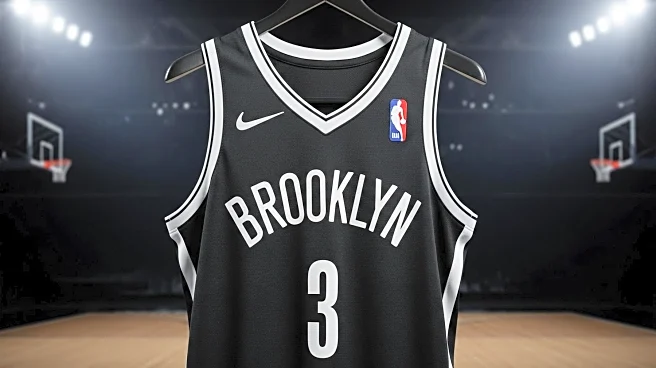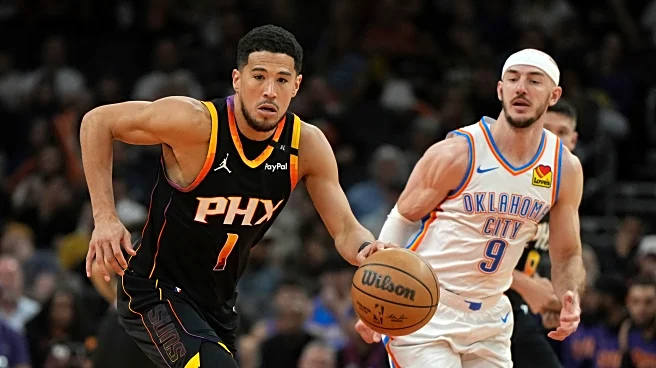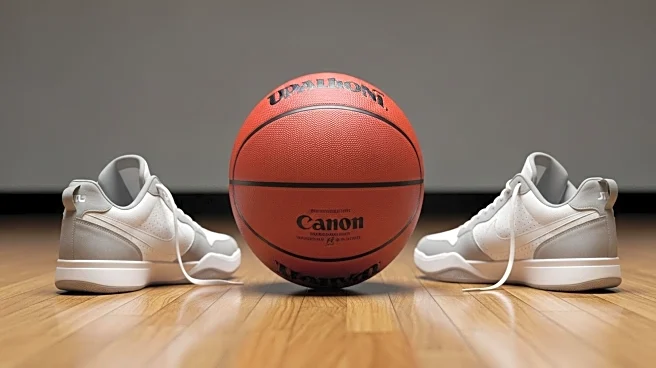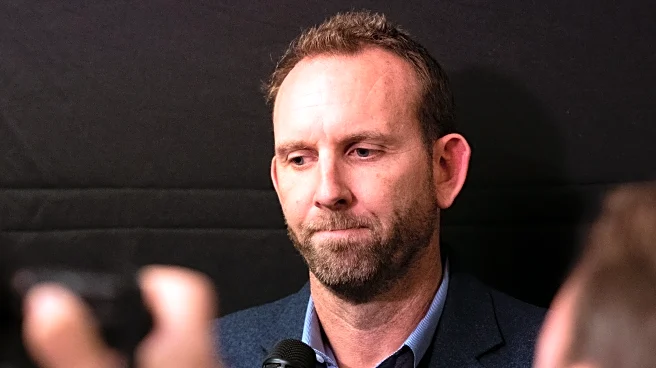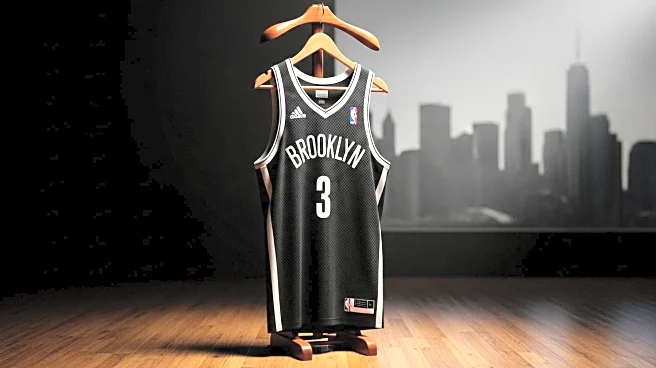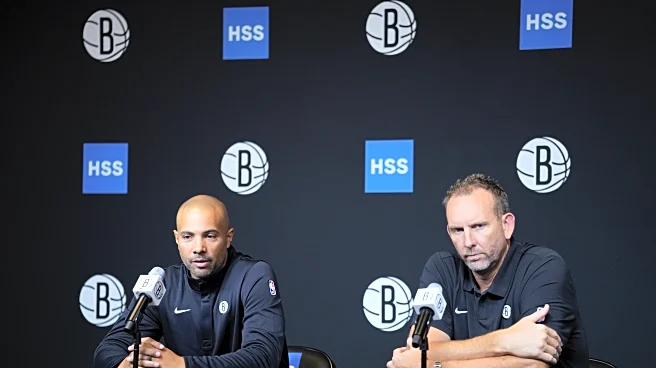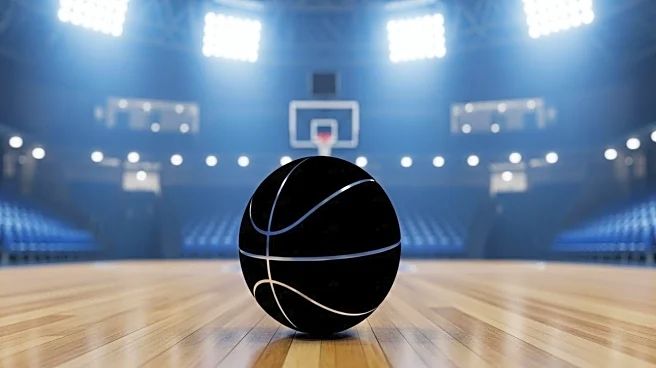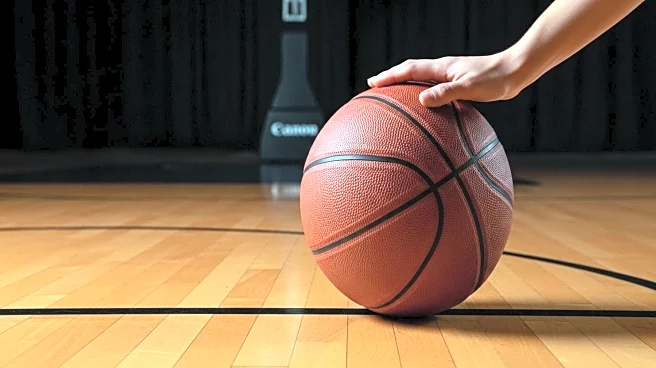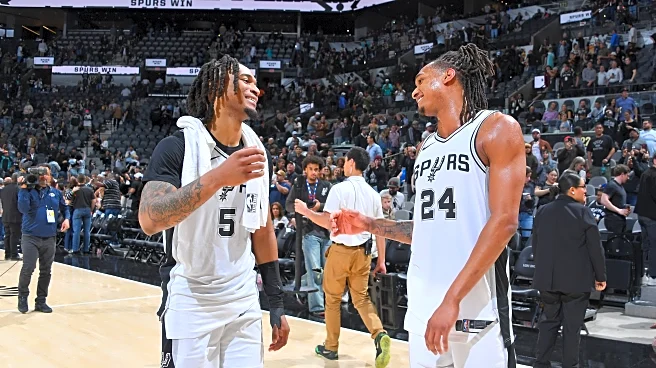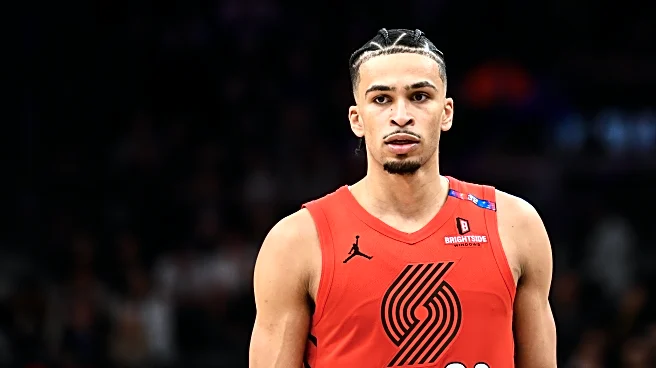Cam Thomas believes he’s a star. And there’s no telling him otherwise.
Not Sean Marks, other NBA GMs and certainly not Zach Lowe, etc. Not any of the fans or pundits who felt whatever they did about him
amid contract negotiations. The Nets chose to take a different route, drafting several guards while ultimately reaching a stalemate with Thomas. And so, he goes into 2025-26 on a $5.99 million qualifying offer, a free man at season’s end.
It’ll be a year of limbo between Brooklyn’s rebuild and a fifth-year guard, which Marks rightfully said Thomas has a “chip on his shoulder.”
Here’s where things can get funky for the homegrown-lovin’ Nets: What if Thomas is the star he believes he is?
That’s not a declaration, it’s a legitimate question: What if the 23-year-old homegrown Net exceeds all expectations and becomes a flouring star in the NBA? The measure of success ultimately comes down to results — can he erase the noise and buy into something that might not include him beyond 2025-26? Could it potentially derail tanking plans?
The Nets gambled with Thomas. They conditioned their flexibility with him specifically, thus Thomas gained control of his own destiny in the offseason. He gambled on himself, too. Thomas is ultimately expecting to be paid more next year based on his personal expectations that he can be a star on a good team. Next year will likely give him more opportunities for a long-term deal: At least 10 teams and possibly more will have cap space. This year, Brooklyn had a monopoly.
After averaging 22.5 points in 66 games in 2024-25, the 6’3” guard came back and averaged a career-high 24.5 points in his first year under Jordi Fernandez, though he only played in 25 games due to a hamstring injury. That injury history hurt him as much if not more than his deficiencies in playmaking and defense.
A lot of attention was focused on his “pushback” about narratives that he’s a “ball hog,” but Cam defended himself at Media Day in a fair manner.
“I think people just wanted something to talk about,” Thomas said Tuesday. “Last year when I was out there playing, we were the 6-7th seed in the East and everybody wanted us to lose and tank, so that’s not really a fair fact about the way I play.”
Here are the facts behind the matter.
The Brooklyn Nets were the eighth seed in the East with an 8-10 record when Thomas injured his hamstring on November 25. The tank could begin. By time he returned on December 29, the Nets were seven games below .500 and both Dennis Schroder and Dorian Finney-Smith were traded during the weeks Thomas out. He played one more game on January 2 and then we didn’t see him again until February 28, when the Nets were 21-38.
He scored 30+ points (one 40+ point game— the ninth of his career) in six of the first 18 games when he was healthy and the Nets were rolling. He tweaked his game a little bit and took more threes and less mid-range jumpers, averaging 10.4 FGA within the perimeter (down from 12) and 7.8 three-point attempts (up from 6.0).
He distributed the rock more and finished with a career-high in assists (3.8) and even held the ball less if you want the nitty gritty, finishing fourth on the team for average touches per game (59.9) behind Schroder, D’Angelo Russell, and Ben Simmons. Thomas slightly improved his average seconds per touch from 4.03 in 2023-24 to 3.9 in 2024-25.
Thomas closed out his answer regarding offseason comments with this: “Being honest, I’m pretty sure not many people watched the Nets last year that was actually [able] to comment on the situation.”
That notion isn’t far fetched for a team that had virtually zero intrigue after Thomas got injured and Schroder and Finney-Smith were traded. Not to mention, they only played one game on TNT and four on NBA TV.
Small sample size or not, the Nets offense was limited with shot creators and the possession sometimes ended with a desperation attempt as the shot clock expired. They led the NBA for field goal attempts (10.7 per game) when the shot clock was at four seconds or less; second-most FGA in the NBA (9.6 per game) when the shot clock ranged from seven to four seconds.
This is not an efficient means of offense and at times, Thomas became a victim from Brooklyn’s inability to create shots quick in a half court set. The 23-year-old attempted the third-most field goals in the NBA (2.4) with the shot clock at four seconds or less, trailing only Brandon Ingram and James Harden.
Here’s Thomas’ shot volume based on time remaining on the shot clock:
- 4-0 seconds (very late): 2.4 | 3rd in the NBA
- 7-4 seconds (late): 2.1 | 11th in the NBA
- 15-7 seconds (average): 9.6 | 10th in the NBA
- 18-15 (early): 1.9 | Rank N/A
- 22-18 (very early): 2.0 | Rank N/A
All stats via NBA.com
Sure, it’s a testament that he gained trust from his counterparts on the court, but it also goes back to his point about watching Nets games and understanding the circumstances. They overachieved early, he got hurt, but they were a playoff team when he was healthy.
He’s often labeled a shot chucker, but 13% of his shots came within the final four seconds of the shot clock. Is that an indictment on him or the situations the team put him in? Maybe both?
We can pile onto his argument and mention how he’s made history, specifically his 40-point outbursts. There’s simply no need to go there. It wasn’t enough then and it isn’t now. So both sides are looking forward.
As for his defense and playmaking, he’s made improvements, but they’ll have to improve more if he’s going to get his bag because teams increasingly want complete players. The question for the Nets as well as other teams that might want to take chance on him is simple: Can he help the team win?
There is optimism on both sides at least publicly.
“We had really good conversations with Cam [Thomas] towards the end of the summer when it became pretty apparent he was coming back and we weren’t gonna find the common ground on a contract,” Sean Marks told YES. “What defined it for me was he said, ‘I’m all in. I’m all-in on Brooklyn, I want to be here.’ I think that showed maturity on his behalf… He has an elite skill and that’s a skill that any coach and any team can capitalize on.“
The last sentence is interesting. So are his comments about Thomas being “all-in” with Brooklyn, the only time that Marks gave a peak inside any conversations between the Nets and Thomas. It’s the right attitude for someone who wants more for themselves in the future. It’s a stinger for Brooklyn fans who longed for Thomas to remain a Net in the long run.
Which begs the question again: What if he blossoms into a star this year? Does that automatically mean the Nets overachieve and potentially hurt their draft odds? Could he be a trade piece? That’s not likely. He would have to approve any deal and again, at this point and likely through the deadline, only one team has cap space … his team.
We won’t know anything of course until the games begin, but this is all to say that it should be fun (if puzzling) watching a rebuilding team with minimal expectations clash with a good coach who wants to win every game and a hungry young player like Thomas who needs to change his perception around the league.
It probably won’t make or break the Nets. One player very rarely does. However, one of those very rare players was his biggest believer.
“My legacy is predicated on what Cam Thomas is learning from me and what he’ll take away to help him by the time he’s in his 10th year,“ Kevin Durant said in November 2022, in a bit of an overstatement. “That’s my legacy.”

